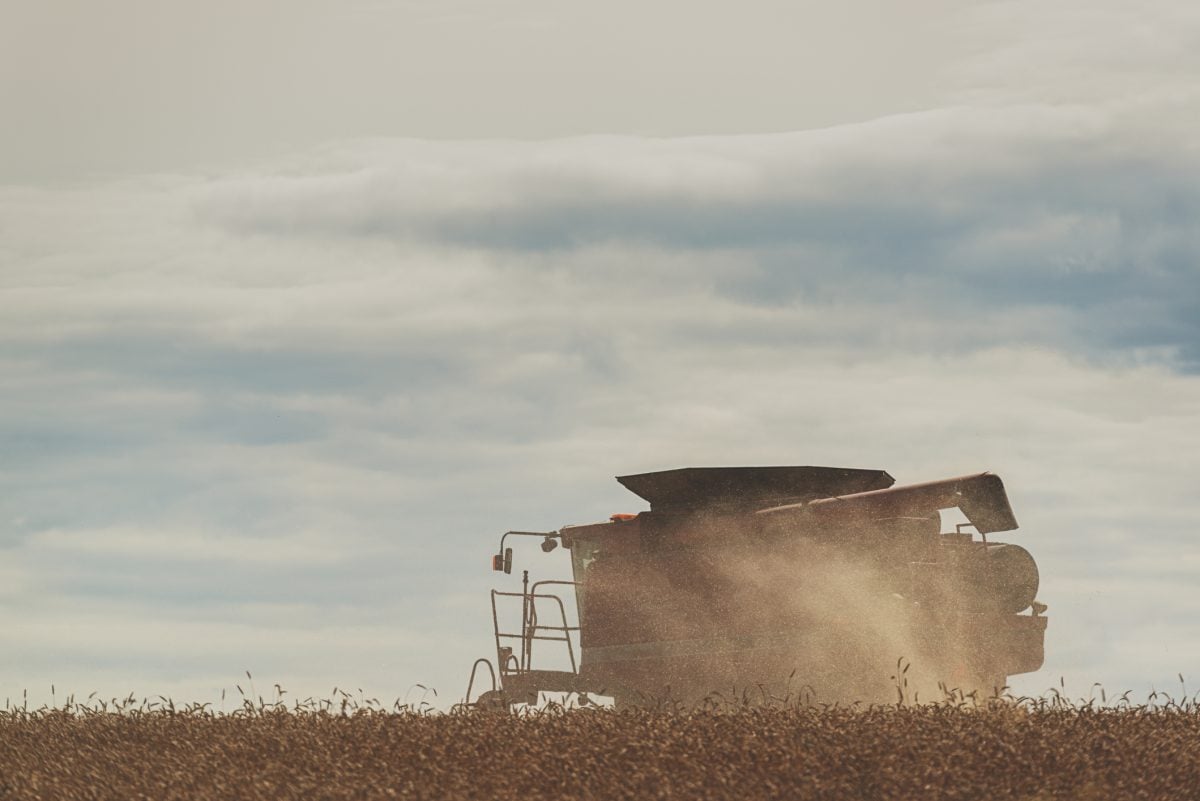Canada’s hemp industry is asking the federal government to modernize its regulations so that the crop is treated the same as canola, wheat or any other crop.
“It is time for the Canadian government to release the unnecessary regulatory burden on industrial hemp and allow this important crop to flourish,” said Russ Crawford, president of the Canadian Hemp Trade Alliance (CHTA), a group of farmers, processors, marketers and manufacturers in the hemp business.
Health Canada regulates and approves hemp production because the plant has a connection with marijuana. In a release, the CHTA said the oversight isn’t needed because industrial hemp “contains little or no” THC, the active ingredient in marijuana.
Read Also

Alberta Crop Report: Harvest reaches completion
Alberta’s harvest is virtually complete at 99.4 per cent finished, ahead of the five-year and 10-year averages at this time of the season.
In 2013, Canadian farmers seeded 66,671 acres of industrial hemp, a 50 percent increase over 2012 and up substantially from 8,000 acres in 2008, the CHTA noted. The association expects that trend to continue, predicting Canadian acreage will exceed 100,000 in the next couple of years.
As acreage expands, the CHTA said Health Canada is struggling to keep up with production permits and crop testing.
“At a time when farmers need a high return rotational crop that is in strong demand by consumers, industrial hemp offers a significant advantage to traditional crops,” said Crawford, an ag industry veteran who has worked for Cargill, the Alberta Wheat Pool and now runs a consultancy in Alberta. “We are in a position to become the global leaders in the production and processing of industrial hemp.”
Keith Watson, a former Manitoba Agriculture crop diversification specialist, said the opportunities for Canadian hemp are immense.
“The hemp story bears a very strong resemblance to rapeseed in the late ’60s,” he said, in a statement.
“But hemp has a better story than canola. The omega fatty acids in its oil are more in balance with human nutritional needs… and the fibre has significant value too. It is a very profitable crop alternative for Canadian farmers.”















